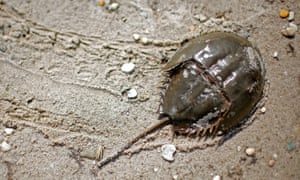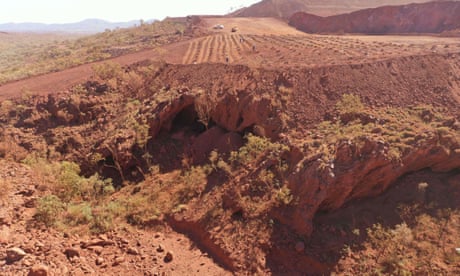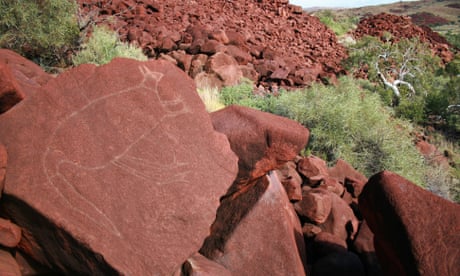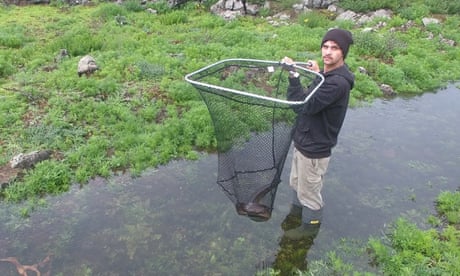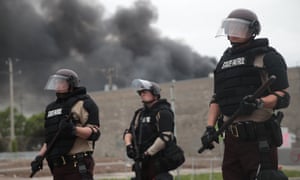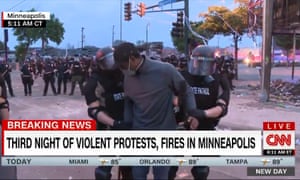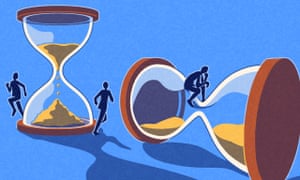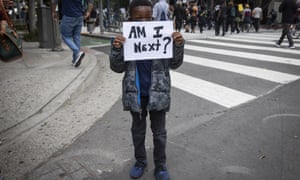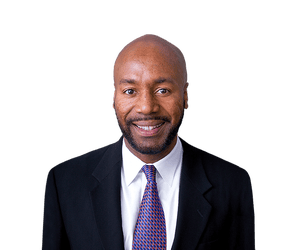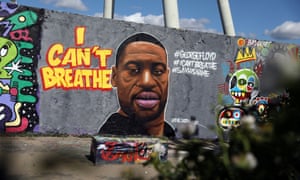Police clamp down in US cities as unrest over racism flares
 AFP / Mark RALSTONPolice vehicles burn in Los Angeles after being set on fire by demonstrators as they protest the death of George Floyd
AFP / Mark RALSTONPolice vehicles burn in Los Angeles after being set on fire by demonstrators as they protest the death of George Floyd
Thousands of National Guard troops patrolled major US cities Sunday after five consecutive nights of protests over racism and police brutality that boiled over into arson and looting, sending shock waves through the country.
A senior White House official, echoing President Donald Trump, blamed anarchists and far left activists for the violence while local leaders appealed to citizens to give constructive outlet to their rage without destroying their communities.
"There are some people in our streets who are driven there by a passion for our community," said Melvin Carter, the African American mayor of St. Paul, the capital of Minnesota and twin city of Minneapolis, the epicenter of the protests.
"And then there's folks in our streets who are there to burn down our black-owned barbershops, to burn down our family-owned businesses, our immigrant-owned restaurants," he said on CNN.
The death Monday of an unarmed black man, George Floyd, at the hands of police in Minneapolis ignited this latest wave of outrage in the US over law enforcement's repeated use of lethal force against African Americans -- this one like others before captured on cellphone video.
From Seattle to New York, tens of thousands of protesters took to the streets demanding tougher murder charges and more arrests over the death of Floyd, who stopped breathing after Minneapolis police officer Derek Chauvin knelt on his neck for nearly nine minutes.
Minnesota Governor Tim Walz mobilized the state's 13,000 National Guard troops to help restore order while police enforced an overnight curfew after rioters looted shops and set fires in the Minneapolis-St. Paul area.
Police fired tear gas and stun grenades to clear streets of curfew-violators Saturday night in Minneapolis, and National Guard troops protected the state capitol in St Paul.
A Minneapolis police spokesman, John Elder, said a man's body was found near a burning vehicle early after firefighters were called to the scene.
It was unclear if the death, which was being investigated as a homicide, was connected to the unrest in the city.
Los Angeles, Chicago and Atlanta were among two dozen cities ordering people to stay indoors overnight as more states called in National Guard soldiers to help control the civil unrest not seen in the United States for years.
In Los Angeles, officers fired rubber bullets and swung batons during a testy standoff with demonstrators who set fire to a police car.
Police and protesters clashed in numerous cities including Chicago and New York, with officers responding to projectiles with pepper spray while shop windows were smashed in Philadelphia.
In Washington, protesters faced off with secret service agents outside the White House for a second straight night as Trump faces the most serious spate of civil unrest of his presidency, in the middle of the coronavirus pandemic.
Multiple arrests were reported by US media in Minneapolis, Seattle and New York as rallies continued through the night.
 AFP / Kerem YucelPeople clean up broken glass following protests demanding for justice for George Floyd, who died while in custody of the Minneapolis police
AFP / Kerem YucelPeople clean up broken glass following protests demanding for justice for George Floyd, who died while in custody of the Minneapolis police
Trump blamed the extreme left for the violence, including widespread looting and arson in Minneapolis, saying rioters were dishonoring the memory of Floyd.
"We cannot and must not allow a small group of criminals and vandals to wreck our cities and lay waste to our communities," Trump said.
"My administration will stop mob violence. And we'll stop it cold," he added, accusing the loose-knit militant anti-fascist network Antifa of orchestrating the violence.
Robert O'Brien, Trump's national security advisor, also accused organized radicals of cross state lines "to burn down our cities."
"And it's got to be stopped. And we expect law enforcement to get to the bottom of it for sure," he said on CNN.
Democratic presidential candidate Joe Biden condemned the violence of the protests, but said on Sunday that US citizens had every right to demonstrate.
"Protesting such brutality is right and necessary," he said. "But burning down communities and needless destruction is not."
- National Guard deployed -
Peaceful protests occurred too, including in Toronto as the movement spread beyond America's borders.
 AFP / CHANDAN KHANNACars were set on fire in Minneapolis during demonstrations against the death in police custody of unarmed African American George Floyd
AFP / CHANDAN KHANNACars were set on fire in Minneapolis during demonstrations against the death in police custody of unarmed African American George Floyd
Demonstrators nationwide chanted slogans such as "Black Lives Matter" and "I can't breathe," which Floyd, who has become a fresh symbol of police brutality, was heard saying repeatedly before he died.
"We're not turning the cheek anymore. Black lives matter. They will always matter. And we're here today to show that," said makeup artist Melissa Mock, who joined several thousand in a daytime protest in Miami.
Earlier, people congregated and chanted peacefully in Minneapolis, carrying brooms to help clean up damaged shops and streets.
 AFP / kerem yucelA woman brings flowers to a memorial for George Floyd, who died while in custody of the Minneapolis police, following a night of rioting
AFP / kerem yucelA woman brings flowers to a memorial for George Floyd, who died while in custody of the Minneapolis police, following a night of rioting
Some placed flowers in front of the shop where Floyd was arrested on Monday, before his death in the hands of police was recorded in a horrifying cellphone video since seen around the world.
- 'Black lives matter' -
 AFP / David GANNONIn Berlin, a wall portrait of George Floyd, a black man who died in Minneapolis, Minnesota while handcuffed in police custody
AFP / David GANNONIn Berlin, a wall portrait of George Floyd, a black man who died in Minneapolis, Minnesota while handcuffed in police custody
Looting occurred in Miami, where a curfew was also announced, while in New York mayor Bill de Blasio said a video appearing to show an NYPD police car drive into protesters in Brooklyn was "upsetting" but that he did not blame the officers.
In Los Angeles, the city's mayor expanded a curfew order as looting broke out. Stretched emergency services scrambled to put out two blazes on Melrose Avenue, as similar scenes played out in Washington with officials extinguishing a major fire at a hotel off Layfayette Square.
There were also multiple instances of journalists covering the protests being wounded, with reports of pepper balls and rubber bullets being used on members of the press.



